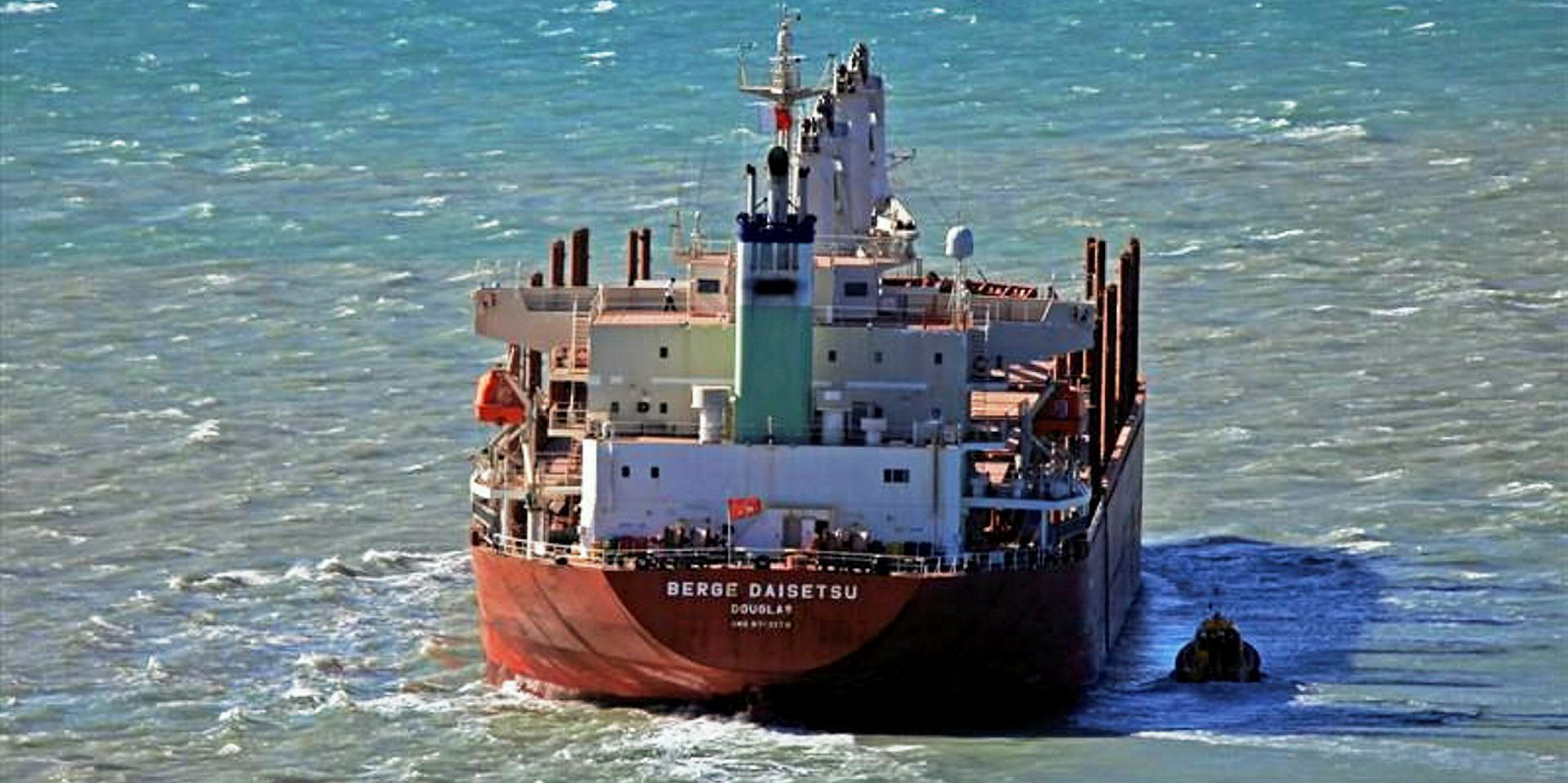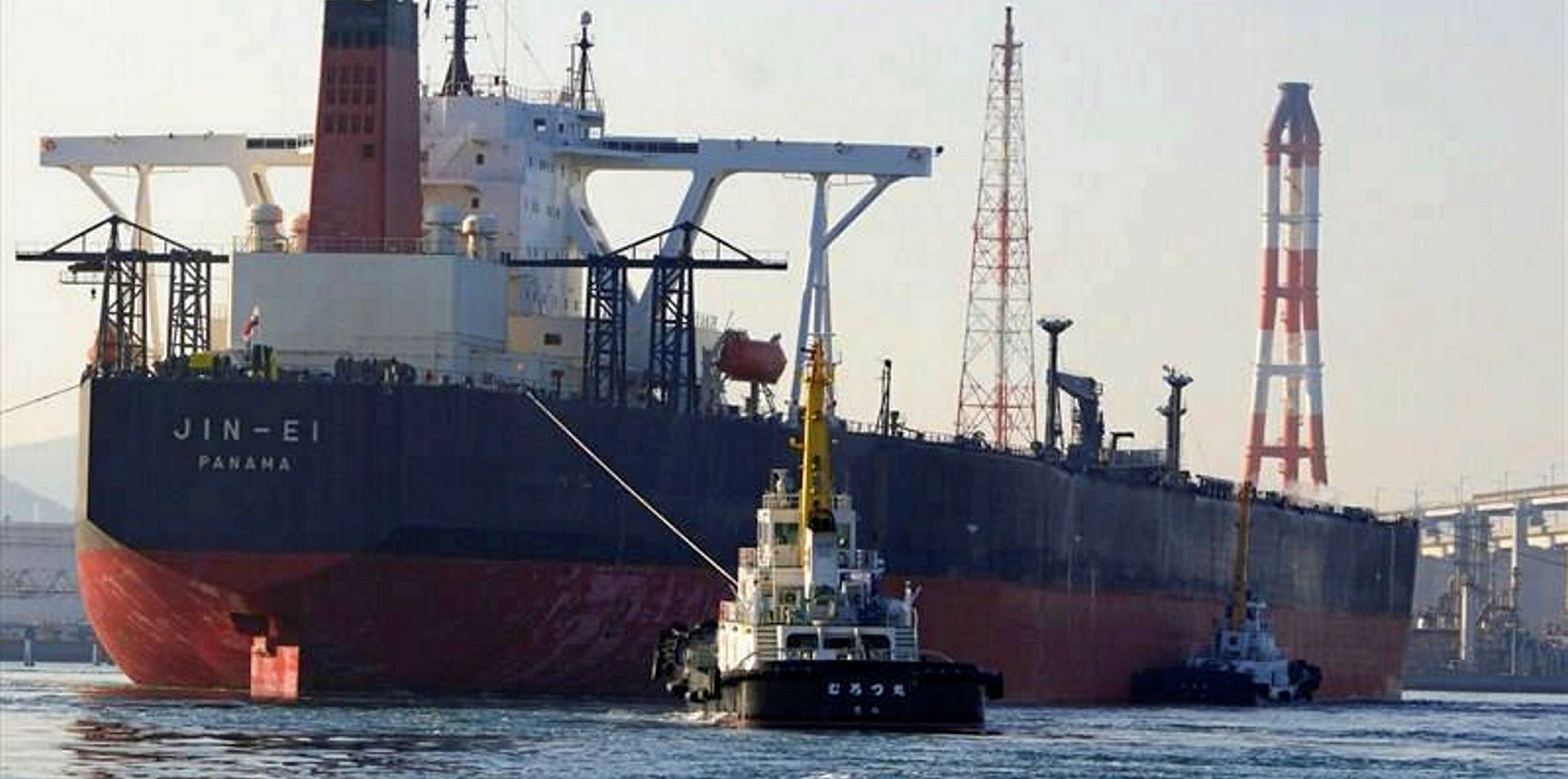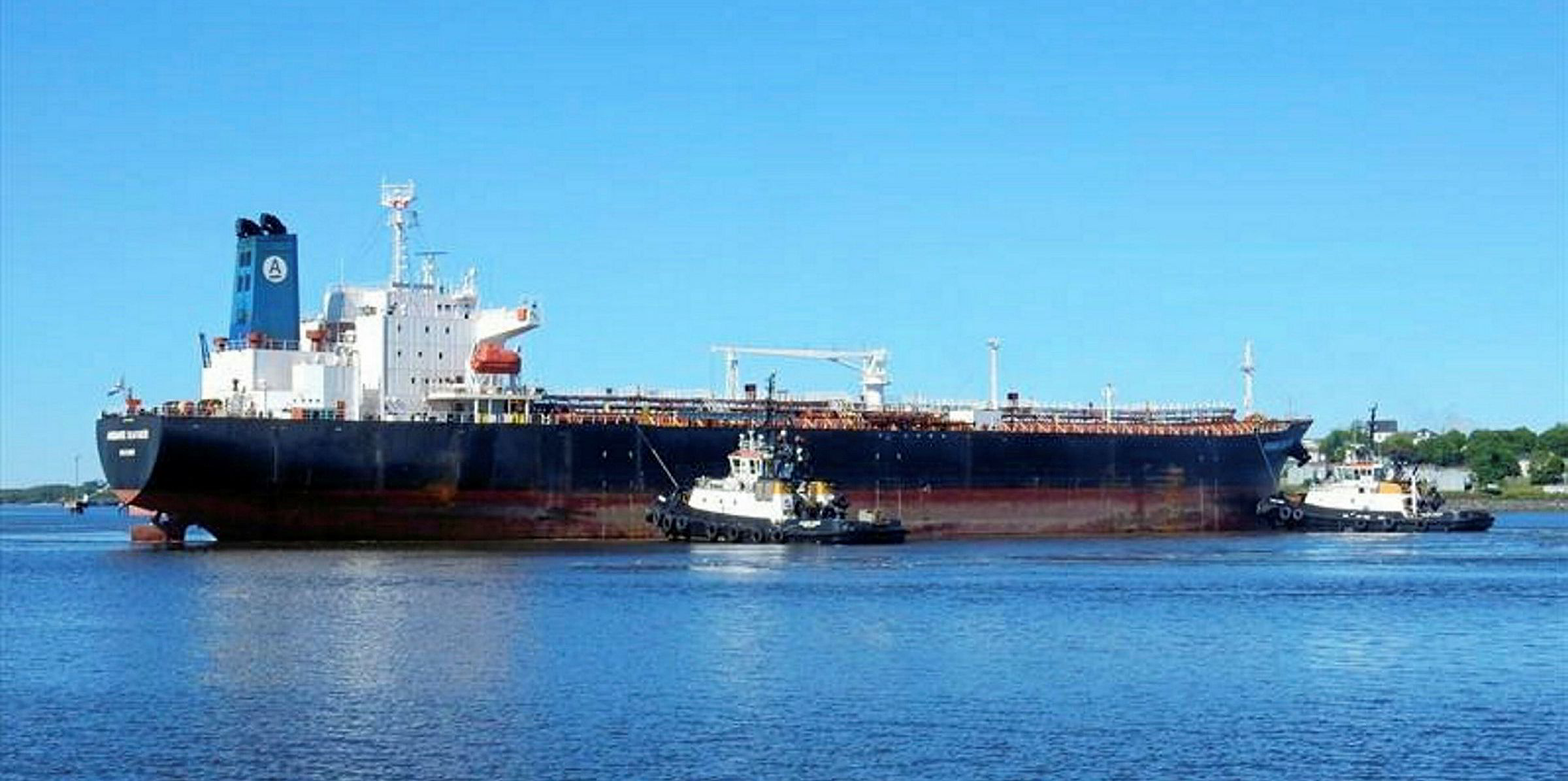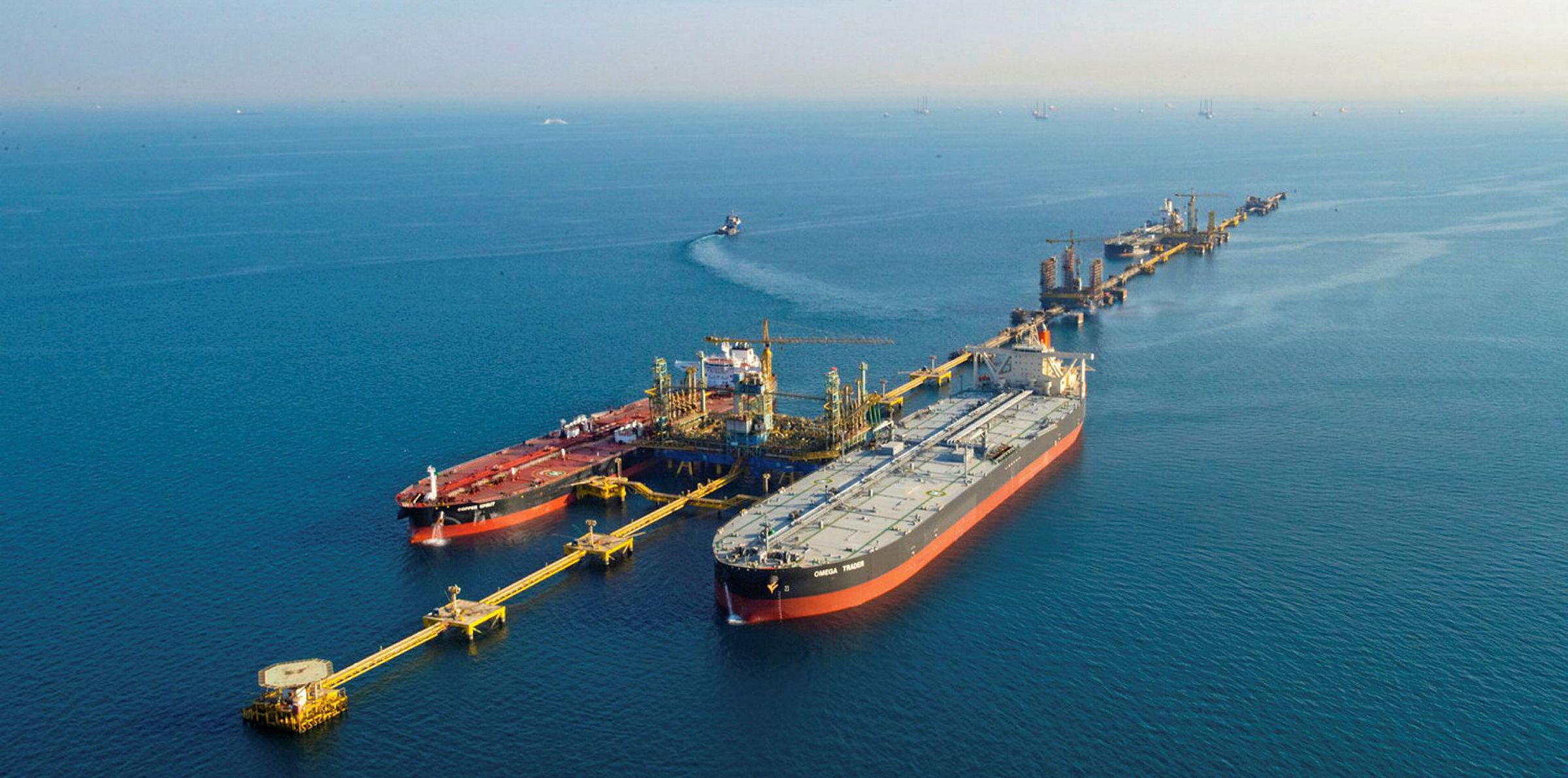Like me you may have read much speculation about an evolving Cold War between the US and China. The US administration is itching for a fight.
US secretary of state Mike Pompeo calls for an end to "blind engagement". He declares that "we" must change China or be changed by China.
Beijing is uncertain about how to handle its deteriorating relationship with the West. Allegations of human rights abuses in Xinjiang and Hong Kong do not resonate with a one-party state, which follows a policy of keeping politics and trade as separate as possible.
China's nationalist Global Times newspaper alternatively rattles sabres and claims victim status. Foreign minister Wang Yi mourns a low point in US-China relations since re-establishment in 1979.
But he offers no meaningful solutions, implying that the two nations' value systems are mutually exclusive.
Meanwhile, America's allies hedge their bets. Australia, a key ally in the Southern Pacific, is China's biggest supplier of iron ore and a leading supplier of coal.
Upset by Australia's insistence on an inquiry into the origins of Covid-19, China has sanctioned its agricultural but not its mineral exports. Australian miners are making hay as China ramps up steel production and Brazil's exports are hampered by the pandemic.
We have seen the positive effects on the Baltic Dry Index in the second quarter of 2020 — which is pretty much what I predicted in Shipping Strategy's Dry Cargo Outlook published in March.
Huawei dispute
In Europe, the UK has put a five-year brake on Huawei's involvement in its 5G phone network, appeasing the US. Beijing is unimpressed.
Anti-British sentiment remains strong over the dispute around Hong Kong. China has promised retaliation after the UK said it would allow Hong Kong citizens born before 1997 the right to settle permanently in the UK.
China's problems are not just with the English-speaking nations.
The Belt and Road Initiative shows signs of strain. Countries on every continent have signed up, but many now face internal political opposition to schemes that exclude domestic labour, finance and content in favour of imported workers, capital and goods.
China's relationship with India is deteriorating as tension over their Himalayan border raises anti-Chinese and Hindu nationalist sentiment.
China's territorial claims in the South China Sea undermine United Nations conventions on freedom of the seas, which concerns us all. How China absorbs Hong Kong and presumably eventually Taiwan, which it views as a rebel island state, could unsettle Asian financial markets. The lessons of 1996-1998 remind us of the possible consequences.
China has moved to secure its maritime supply chain by increasing its share of the global fleet. Through state-owned enterprises, Hong Kong corporations, or entities part-listed overseas, China now controls about 20% of the global bulk carrier and oil tanker fleets and is the fourth-largest controller of containerships.
Tit-for-tat escalation
Should tit-for-tat sanctions escalate, a greater proportion of China’s international trade could be carried on domestic ships loading at the treaty ports China is building alongside its "string of pearls" naval bases, which now stretch as far as Djibouti — with West African and Latin American ports on the agenda.
China already pays for commodities from some trade partners in yuan; it may begin to insist on paying for freight in yuan. The biggest damage China could inflict on the US would be to undermine the US dollar as the world’s main reserve currency.
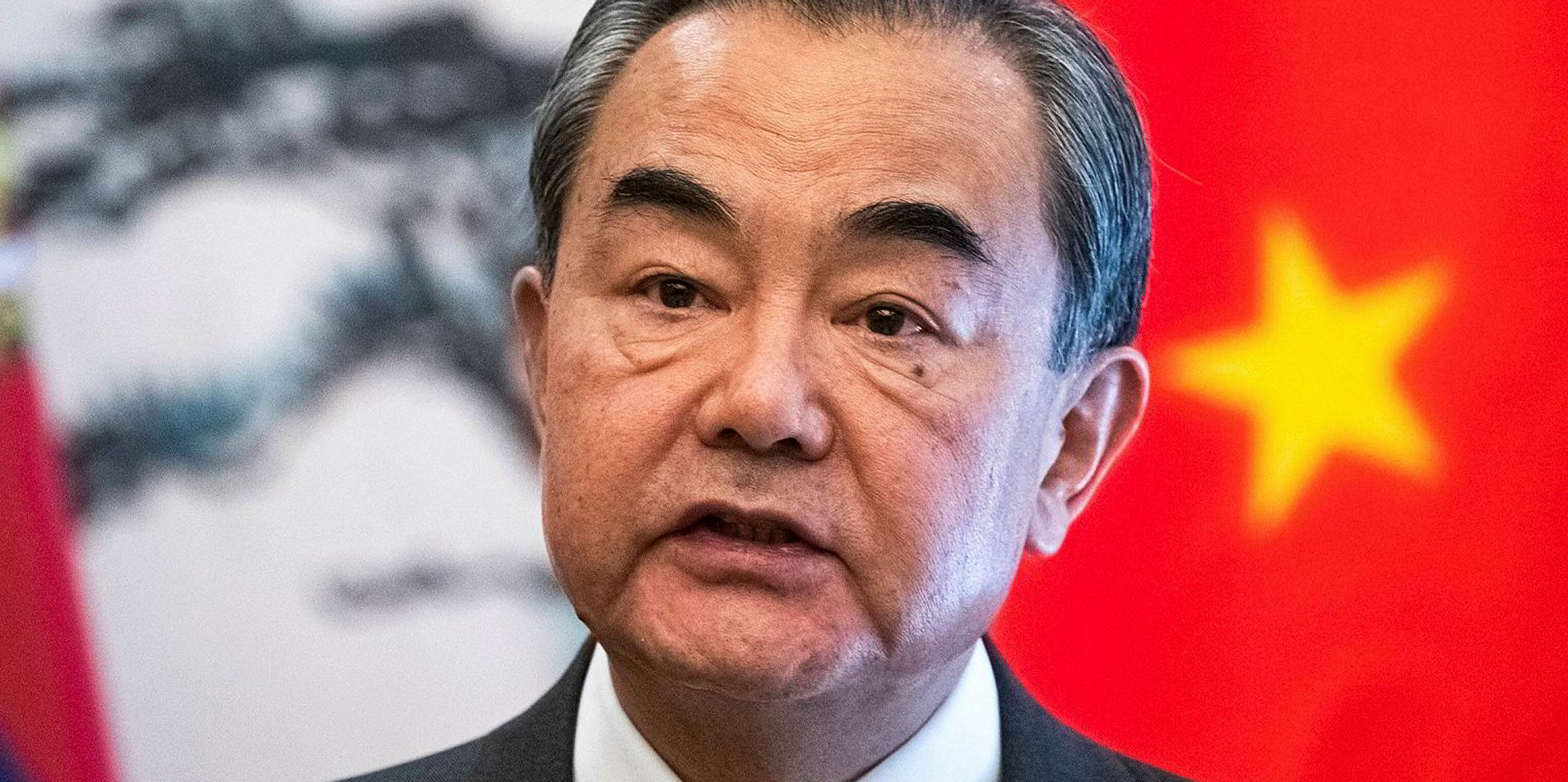
This would harm China as it is the biggest investor in US Treasury bills. But China would not want to crash the dollar, only to reduce the threat of US interference in its trade, as US courts claim global oversight of all dollar-denominated transactions.
The dollar is already weakening due to the Covid-19 recession, the Federal Reserve’s loose monetary policy response, and uncertainty over this year’s presidential election.
Dollar watching
A weaker dollar is of great interest to those of us exposed to the global freight markets: it usually implies higher freight rates.
This is a theme I have returned to many times. Covid-19 may skew the model, but here is my oft-repeated tip: it is not easy to forecast freight markets but ask your banks what their prediction for the value of the dollar is at the end of 2020.
If the majority of their forecasts are pointing to a weaker dollar, then you have some confidence that the inverse is the more likely freight market direction.
Shipping analyst Mark Williams is the founder Shipping Strategy.
Do you have an opinion to share? Send details to news@tradewindsnews.com

